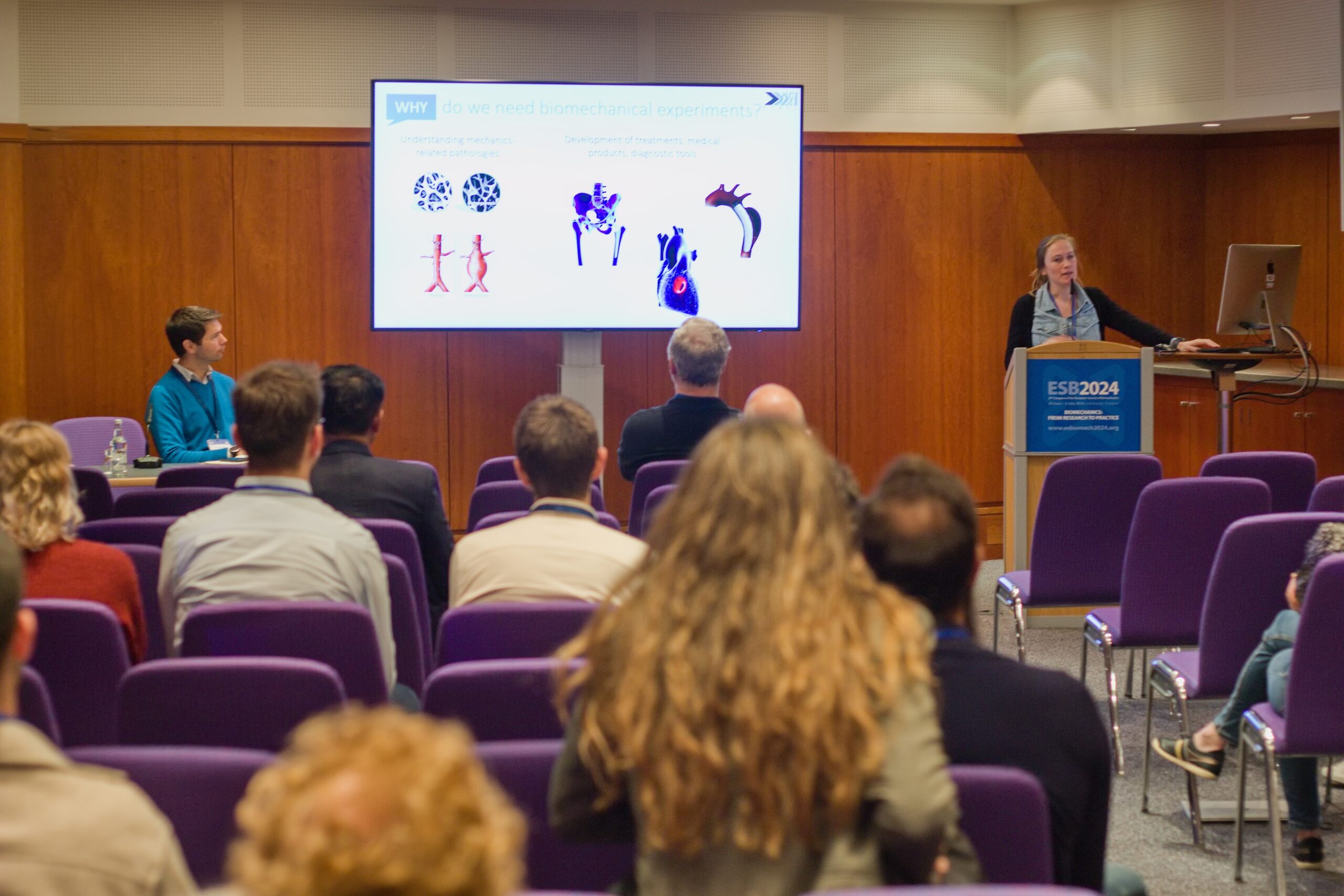Advancements in Biomechanics
8 July, 14:25-15:25
In the “Advancements in Biomechanics” session, our sponsors and exhibitors take center stage to present their latest developments, technologies, and solutions that are helping shape the future of biomechanics. From advanced simulation tools to next-generation medical devices, you’ll hear directly from the companies driving progress across research, healthcare, sports, and industry.
Whether you’re a researcher, clinician, engineer, or student, this session offers valuable insight into how industry is pushing biomechanical science forward — and where exciting opportunities for collaboration lie.
Why attend?
- Discover the latest innovations from leading companies
- See how industry supports and accelerates academic research
- Explore potential partnerships and career pathways
- Gain a broader view of the biomechanics landscape
Who will be presenting?

Measuring Tumor Aggressiveness: How Nanotechnology is Shaping the Future of Cancer Diagnostics
Presenter: Dr. Celeste Manfredonia, Clinical Study Manager and Product Champion Organoids
ARTIDIS® technology revolutionizes cancer care by using physical characterization of tissue to recognize which tumors will respond to treatment. By combining its nanotechnology platform for rapid tissue analysis with a holistic data solution, ARTIDIS® accelerates drug discovery, tissue engineering, and personalized treatment.
What’s more, ARTIDIS® technology is not limited to cancer and can analyze any living tissue with applications in ophthalmology, orthopedics (cartilage, bone), dermatology (skin) and biomedical engineering. Are you ready to learn more about the industry’s first fully autonomous Atomic Force Microscope for fast start, and high-performance nanoscale measurements?
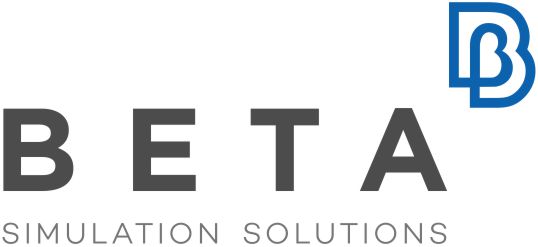
Artificial Intelligence in biomechanics: The next game changer
Presenter: Dr. Eng. Evangelos Karatsis
Product manufacturers—particularly in the automotive industry—must comply with stringent safety regulations and pass standardized tests before a vehicle can enter mass production and reach the market. These tests primarily evaluate injury criteria for vehicle occupants and pedestrians. To meet these demanding standards, OEMs (Original Equipment Manufacturers) conduct extensive biomechanical studies to understand human responses under various impact scenarios.
The pursuit of higher accuracy in injury prediction has driven a significant shift from traditional Anthropomorphic Test Devices (ATDs) to advanced Human Body Models (HBMs) and from standardized tests to custom ones, marking a major advancement in the field. However, the next transformative leap is expected to come from the integration of Artificial Intelligence (AI). This presentation offers a forward-looking perspective on the role of AI in automotive safety, illustrated through application-specific examples that highlight its potential to revolutionize injury assessment and biomechanical research.
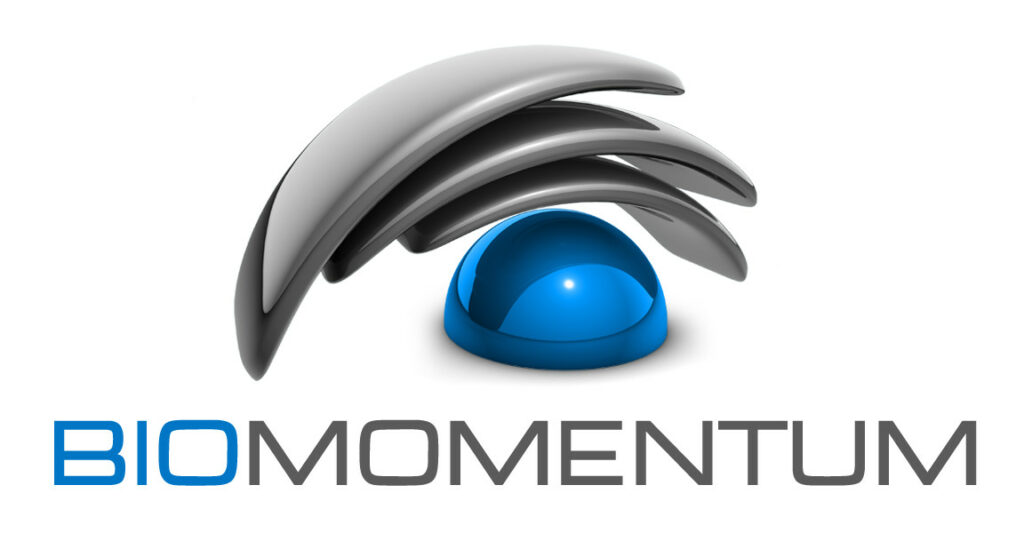
Multiaxial Mechanical Testing of Tissues and Biomaterials
Presenter: Eric Quenneville, PhD
Tissues and biomaterials endure complex 3-D loads that one-directional tests miss. This talk introduces a multiaxial tester and its Normal Indentation Mapping technique, revealing spatial stiffness maps that clarify structure-function links for next-gen implants and regenerative materials.
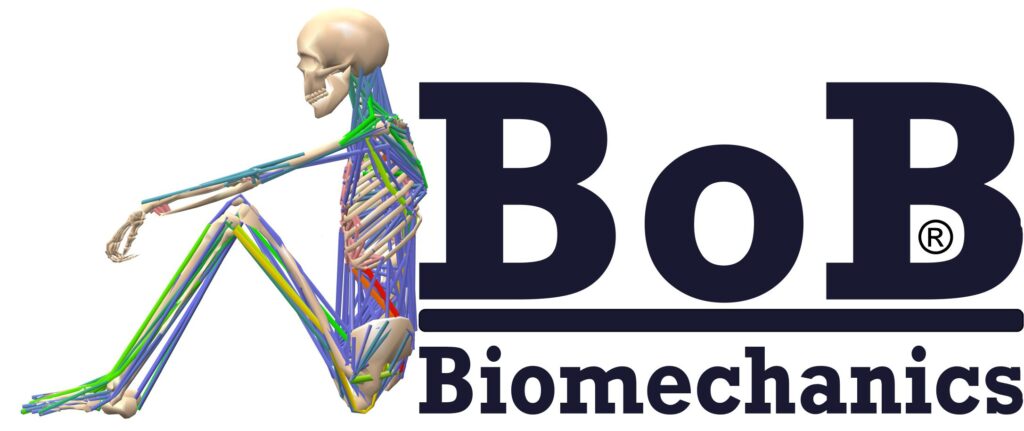
Biomechanical analysis with BoB (Biomechanics of Bodies)
Presenter: James Shippen, Director
The presentation will demonstrate the use of the BoB software in biomechanical analysis for teaching, learning and research.
BoB is a family of biomechanical modelling software packages combining a human musculoskeletal model with an easy to use, intuitive interface and powerful analysis functionality resulting in quantitative, objective information.
BoB is widely used in academia and industry with applications including product design, sporting performance, equipment design, man/machine interactions, vehicle design, gerontology, manual handling, ergonomics and many more.
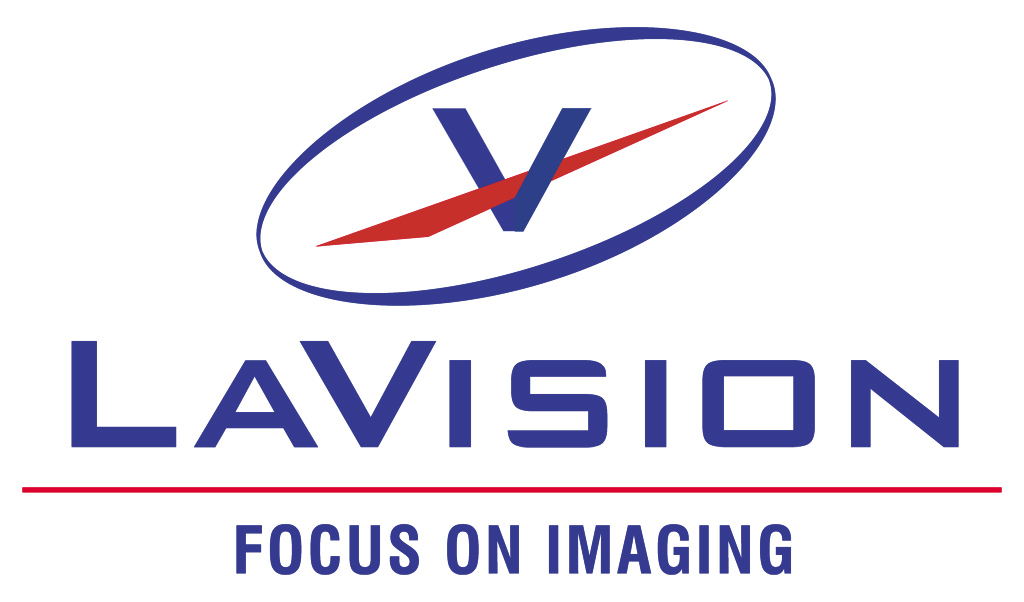
Non-intrusive Measurements of Flow Fields and Material Deformations in Biomedical Science
Presenter: Dr. Dave Hollis and Dr. Thorsten Siebert
Real world testing remains essential in the world of biomaterials and biomechanics research. With the development of new materials, and novel use of those materials, the need for reliable and accurate full-field test data is essential. LaVision provide imaging and analysis systems addressing this need, with technology to measure material deformation and strain at the surface, and beyond it. Our non-intrusive approaches are also able to map the flow through fluid networks and by combining techniques, also address Fluid-Structure Interaction challenges. We offer turn-key solutions through to highly tailored systems designed for specific application needs.

The Impact of Engineering on Anatomy
Presenter: Giulia Rosellini, Academia Market Manager
The future of patient care lies in the mass personalization of treatments, driven by technologies such as advanced software, 3D printing, AI assistance, and AR guidance, together with shared knowledge and collaboration. In this landscape, the choice of anatomy becomes essential for producing impactful biomechanical research and meaningful innovations.
Tools like 3D virtual patients and statistical shape models are revolutionizing biomedical engineering, from studying joint kinematics and tissue mechanics to designing innovative devices and implants. By fostering collaboration between researchers, clinicians, and industry, we can bridge the gap between computational biomechanics and real-world clinical applications, accelerating the transformation of patient care.

Cutting-edge technologies from the fields of 3D mocap, force and EMG
measurement
Presenter: Fabian Bleiker, Sales Manager, prophysics
In this presentation, we will showcase our latest system installations and cutting-edge technologies from the fields of 3D motion tracking, force measurement, and electromyography.
